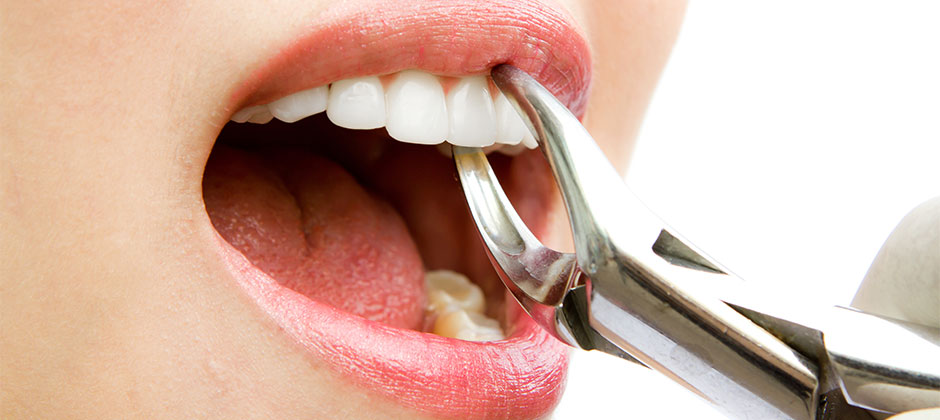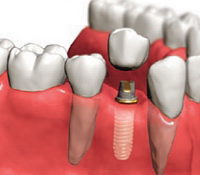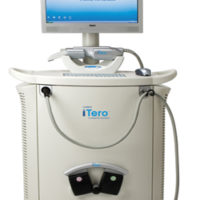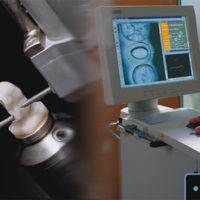The American Dental Association says teeth are usually removed due to trauma, disease or crowding. When a tooth cannot be repaired with a filling or a crown, an extraction may be necessary. It’s not unusual for an orthodontist to recommend extraction for orthodontic treatment because of crowed teeth.
Surgical extraction of teeth is the most common surgical procedure provided in the United States. When a tooth is visible above the gum line and your dentist can easily remove it with forceps, the procedure is called a simple extraction. If a tooth has not grown in, your dentist needs to remove gum tissue or bone to extract it. This is called a surgical extraction which requires stitches to heal properly. After taking an x-ray, your dentist can most likely determine whether or not the extraction will be simple or surgical.
Post-Extraction Suggestions
- Bite down on a gauze pad for 30 minutes after the extraction to help stop the bleeding.
- Avoid unnecessary talking, eating and drinking for the first two hours after extraction.
- Drink plenty of liquids after the bleeding subsides.
- Maintain your diet, but start with cold liquids and soft foods for the first day.
- Don’t rinse or brush your teeth for 12 hours.
- Avoid the surgical area when brushing, although you can gently rinse with a diluted mouthwash or 1/4 teaspoon of table salt in a glass of lukewarm water
- Don’t use straws, smoke or spit forcefully for the first 2-3 days..
- Follow your dentist’s instructions on using any prescribed pain medications.
- Call your dentist if you have any persistent pain or bleeding.







